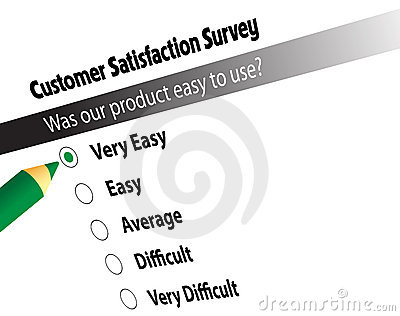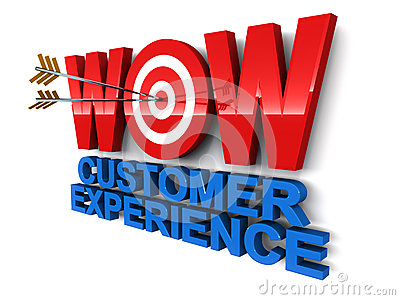The famous South African golfer Gary Player was asked about whether his win in yet another major golf tournament was a piece of luck. His response; “The harder I work the luckier I get”, and it made me think about the on-going debate about whether customers want to be wowed, or to have companies make their interactions with them far less complex, and whether these objectives are mutually exclusive. To my simple brain, and using Gary Player as my guide, aiming high (working harder), and succeeding (getting lucky), by seeking to wow and delight customers are basic requirements and essential components of a smooth running customer service machine. And, as with any worthwhile enterprise, unless you invest time at the front end of customer experience, the back-end results will definitely not have easy as one of their defining elements.
When the Harvard Business Review article entitled “Stop Trying to Delight Your Customers” first appeared in July 2010, the axles on the bandwagon of the newest shiny metric, the Customer Effort Score, noticeably sagged under the strain of the new disciples jumping on-board. In a nutshell the articled opined that delighting your customers was a waste of time and money, when all they really wanted was for you to make it easy to do business with them.
Since then, the authors have published a very readable book called The Effortless Experience and an increasing number of articles have been published with a similar theme. The comments and/or attention grabbing blog posts include:
“Why focusing on delighting your customers is a stupid strategy”
“Don’t bother with WOW”
“Just make it easy for your customers”
I should state right here that I’m in total agreement with the overall concept of making life easier, and with one of the conclusions in the book that I believe to be the central plank in the argument:
“It turns out that the overwhelming majority of customers aren’t looking to have their expectations exceeded. They simply want their service experience to be easy.”
To me the crucial words in that statement are the “service experience” and, by extension, what I take to be someone’s customer service experience. However, when we look at Customer Experience, it’s so much more than just an interaction with an employee in a contact centre, in store, on-line, or whatever other ways you touch the customer. Customer Experience includes all the interactions that take place between a company and its customers, and aren’t just restricted to every day, basic transactions or service issues.
Companies that have traditionally delighted their customer such as John Lewis, First Direct, Southwest Airlines and Zappos, seem to treat every interaction with a beguiling combination of enthusiasm, genuine emotion and proficiency, which for me are basic table stakes in the customer experience game. While not perfect, these organizations will almost certainly have made enough deposits in their customer delight account to offset the odd customer service transgression, especially if there is a prompt acknowledgement and genuine apology – as opposed to the butt clenching, insincere, “goodwill gesture” phrase trotted out by the Ryanair’s and British Gas’ of the world.
It’s just that the bar has been set so incredibly low by the escalating frustration that we endure from most of the companies that we do business with every day – Telco’s, mobile phone providers, banks and utility companies, that we’d settle for any experience that quickly releases us from their clutches.
We’re not talking about an occasional interaction. All of us probably have at least 5-10 business dealings a day with these various organizations and, while easy should be the operative word, is there any reason why we shouldn’t strive for, or expect, something that makes both parties (the customer and the employee) feel good?
The point is we all could use a little delight in our lives, being wowed and pleasantly surprised every now and then. I’m tired of being forgotten in long phone queues, let down by poor web sites, and misunderstood by disinterested or powerless customer service agents who start every sentence with “obviously.”
I’ve yet to be involved in a serious customer experience project where one of the key starting points didn’t involve taking a long, hard and sometimes self-flagellating look, at what the current customer experience delivery looked like, and that always means a return to the starting line. In my view, that line is drawn between four fundamental principles that will establish a solid foundation to almost any part of the business, but are absolute necessities in improving customer experience. These four principles are Culture, Commitment, Communication and Community, and I’ll be exploring these in more depth in an upcoming article.
Regardless of whether you measure delight, effort or ease of doing business, at some point you will need to drill down into the root causes of customer perceptions: what specific technologies, business processes and/or employee behaviours made doing business with the company easy or difficult? And what are the underlying principles that brought that result? Without these answers, a measure of effort (or ease of doing business) will not be very actionable. And if it does not drive actions, or isn’t based on these four fundamental principles that improve the customer experience, what is the point of capturing effort, or any other measure?
So by all means please ensure that the repetitive, transactional, hum drum things that I need from you on a regular basis are so mind-numbingly easy, I can do it in my sleep.
When that happens – Wow, I’ll be delighted!


